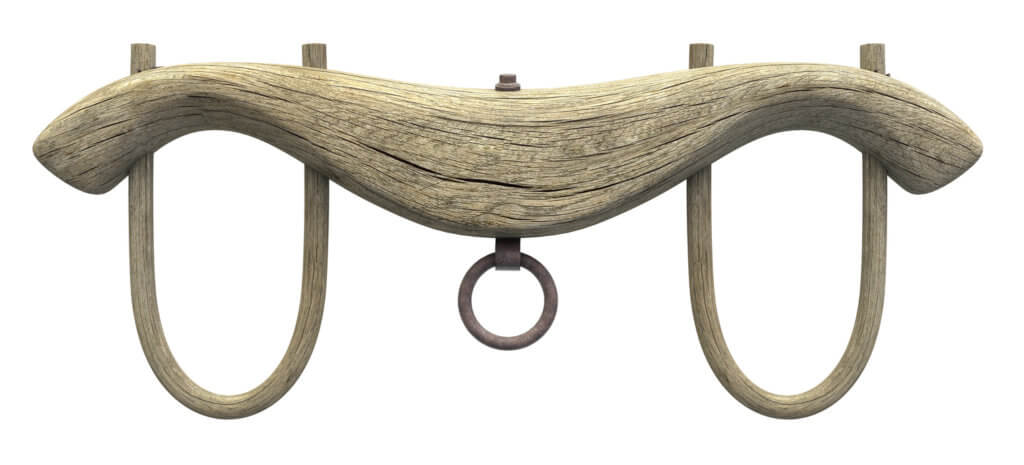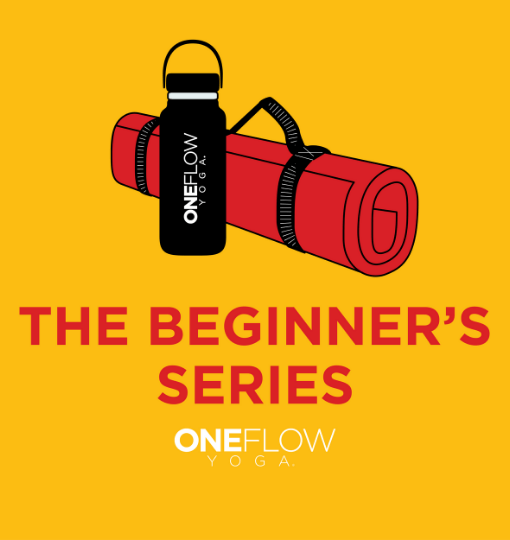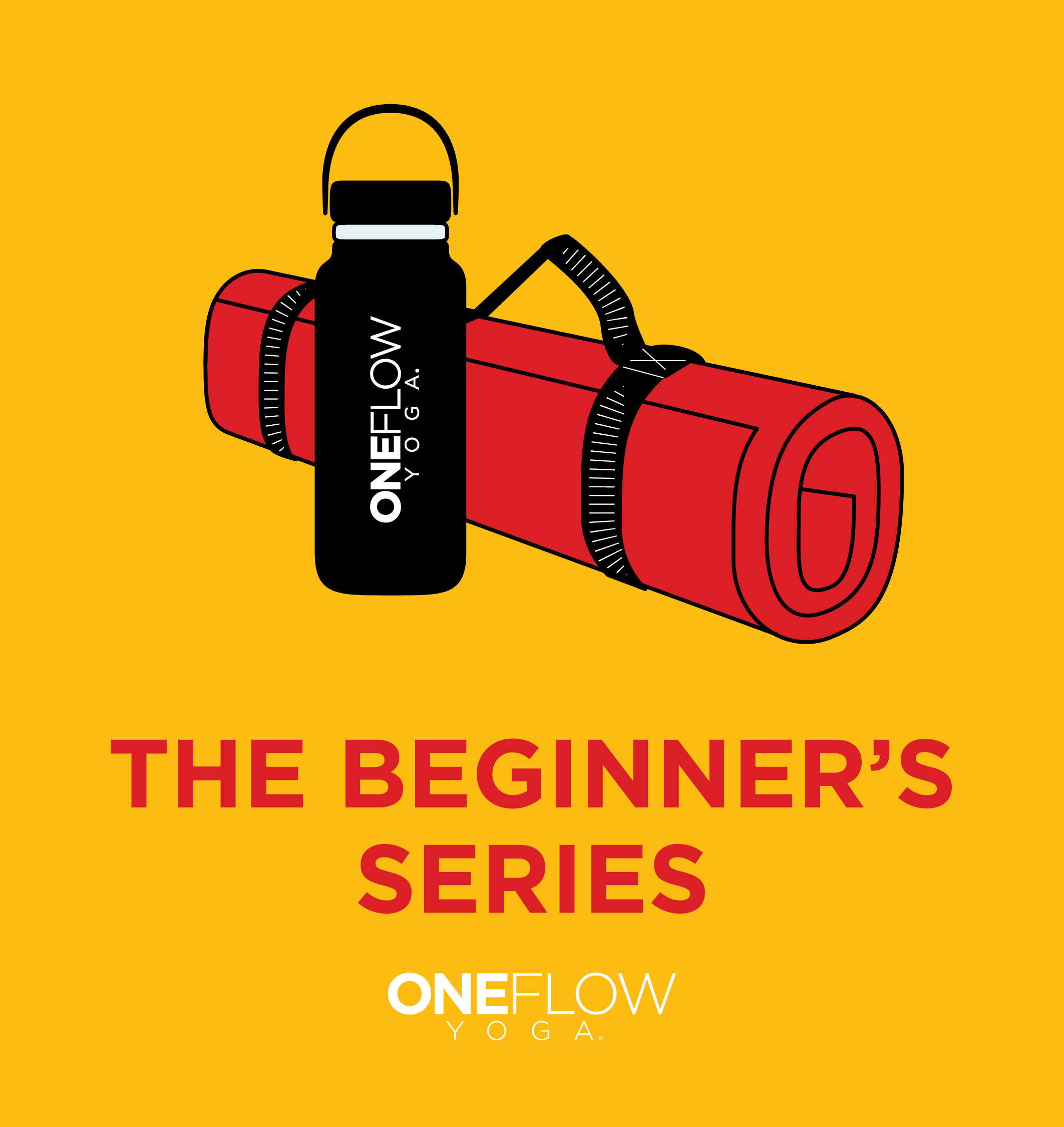Quick, picture yoga
Thanks for playing along. What did you come up with?
I’m betting you chose either a yoga pose or pants. It always comes back to pants.
Now imagine you are “doing yoga?” Where are you and what are you doing?
Again, a yoga posture was probably involved, and a “yoga mat,” and pants. Some vivid depictions might envision a Sun Salutation or eclectic arm balance—but most likely it was physical.
Why This is Important
I ask these questions because they go to the heart of how we think about yoga. In turn, this colors our approach to the practice.
But if we change our understanding of the meaning of yoga, then we will change not only what we associate with yoga but also what we do on the mat.
And that’s what we’ll be exploring. We’ll move from the most common, definition of yoga in the West, to the more helpful, and prevalent definition in the East.
Dictionary Definitions of Yoga
Two of the dictionaries I trust most are Merriam-Webster and Oxford. Unsurprising they give a similar definition of yoga.
Merriam-Webster
Definition of yoga
1: capitalized : a Hindu theistic philosophy teaching the suppression of all activity of body, mind, and will in order that the self may realize its distinction from them and attain liberation
2: a system of physical postures, breathing techniques, and sometimes meditation derived from Yoga but often practiced independently especially in Western cultures to promote physical and emotional well-being
Oxford Dictionary
A Hindu spiritual and ascetic discipline, a part of which, including breath control, simple meditation, and the adoption of specific bodily postures, is widely practised for health and relaxation.
Both of these explanations take on a distinct Patanjali flavor, as in the Yoga Sutras of Patanjali, and this is important.
Yoga as in Yoke Not Yolk
Patanjali, who we know next to nothing about, is credited with compiling his (most likely his) yoga sutras. What we do know, from the text he put together, is that he was an ascetic.
Ascetics come from the second period of yoga and approach the world by turning away from it. This is known as Nivrtti yoga or the yoga of renunciation. You can see this language in both of the definitions of yoga above.
Both dictionaries also add an interesting “fact.”
Merriam-Websters states the first known use of yoga is 1785, but in their help section mentions that:
- The date may not represent the very oldest sense of the word.
- The date most often does not mark the very first time that the word was used in English.
- The date is subject to change. Many of the dates provided will undoubtedly be updated as evidence of still earlier use emerges.
The first known use of the word yoga anywhere comes from the Rig Veda, dating back to 1700-1100 BCE, or about 3000 years before it appeared in English. The Oxford Dictionary gives the origin of yoga as:
Sanskrit, literally ‘union.’
The definition of yoga as “union” is also associated with Patanjali, and more precisely, the union between you and the divine called Purusha. This is where the term theistic, relating to god, applies.
Let’s move beyond Patanjali and even god to explore the earlier meaning of yoke.
The Sanskrit word for yoke is yuj, a physical device used to join cattle. They are big, and heavy and strong. What they were yoking long ago, were war horses. Yoga was both the device and technique to calm the horses down so that you could focus them and do the work of war.
I love that they were war horses for they are the perfect symbol of frenetic beings “chomping at the bit.” If you couldn’t control them, then there weren’t useful.

But why were we at war in the first place? In the Vedic period it was the priestly Brahmans who practiced yoga through ritual and mantra. But with the advent of the Upanishads, we move to the warrior caste and with that comes warring metaphors.
The Katha Upanishad, for example, compares these same high energy horses with our mind. In a famous passage, the Katha says that we should seek to understand because without it the mind runs “hither and thither like wild horses.”
This was a significant change because they took the external act of yoking aggressive out-of-control horses and applied it to the internal act of calming the mind. They recognized how stubborn our minds are and that the salve is to calm. In both cases, bringing equines or minds into equanimity was for another purpose—to go to war or move through the world with skill.
And the stakes were high because it doesn’t get more intense or life-and-death than in an epic war. This bodes well for us because if yoga works in such dire circumstances, it can work for us today.
The Meaning of Yoga
In the time of Patanjali, yoga became a noun. But before that yoga was a verb. It was something you do.
Yoga means:
- To Engage
- To Get Involved
- To Participate
- To Connect
Yoga is a process. It’s active. It’s the way you engage with the world to create harmony. Yoga is how we participate and create relationship.
“There are (to be precise) 884 references to Yoga in the Mahābhārata, “and the common denominator of all the epic definitions is disciplined activity…by active means” rather than the more popular translation and cognate “union”. Bryant, Edwin F.. The Yoga Sutras of Patañjali: A New Edition, Translation, and Commentary
The Mahābhārata is one of the two great Indian epic poems. While war and battle is a prominent feature it’s subject matter is so vast it is said that if it’s not in the Mahābhārata, then it’s not anywhere.
The key to understanding the meaning of yoga is in understanding yoga is a verb rather than a noun.
Verbs are actions, conditions or experiences.
In an insightful paper by Colleen McDonough, Lulu Song, Kathy Hirsh Pasek, Roberta Michnick Golinkoff and Robert Lannon entitled “An Image is worth a thousand words: Why nouns tend to dominate verbs in early world learning” in Developmental Science they examine why nouns are easier to acquire than verbs.
They state that nouns are more concrete whereas verbs are “fleeting and dynamic and unfold in time and space.” “Learning the name of an action requires that children perceptually abstract the invariants of the action (e.g., running) across multiple exemplars that show wide variation.”
To illustrate this, think about the term “dancing.” All kinds of different activities and body movements count as dancing. And even though your idea of it might involve lederhosen while mine needs electric slides, we eventually come to agree they are both forms of dance.
It’s easier to put a label on something that is stable rather than a dynamic activity. There are exceptions, though. Nouns such as “idea or passenger” are typically learned after verbs like “hug” and “kiss.” McDonough et al. say that this may boil down to the idea of “imageability”; how easy it is to evoke a mental image. We can conjure up a hug easier than imagining an idea.
This “imageability” is why I asked you to picture yoga. It’s easy for us to think of yoga as a noun. But engaging in a process is harder for us to get our heads around.
The Benefit of Yoga as Something You Do
When we engage, we change how the situation unfolds. Instead of things simply happening to us, we become an active participant. We exercise our agency, the ability to act.
Yoga is an invitation to get off the sidelines and act. As we do so we can now affect how the game turns out. Our participation creates the possibility of change and gives us different options than if we just stood by.
If you were to break down the process of “doing yoga” it would be:
- Act. Engage, Create Yoga by getting involved.
- Pay Attention
- This will give you choices.
- Make a choice.
- Learn from that choice then repeat 1
Engage doesn’t mean to dive into a situation without thinking. On the contrary, you endeavor to see what’s going on. You want to understand.
In the Indian mind, actions are the ways we think, move and speak. By training our attention on something, we are engaging with it. We are connecting through yoga.
This connection is not only physical but mental, emotional and even spiritual. It involves your whole being and differs from getting on a treadmill and staring at a TV.
As you practice yoga you ask, how does this feel in my body? What thoughts or emotions am I having? How can I work with this? Elite athletes know about the importance of connecting your physical being with your mental and emotional state. They call it the mental game.
Why Is This Important?
Once we understand that:
Yoga is something we do; to connect and engage with the world; and that it takes our entire mind/body attention
…then it changes what we are doing when we “do yoga.”
We don’t practice yoga by jumping on a mat or going to a yoga class. It’s what we do on the mat, or in the class that matters. We do yoga when we connect with the process of acting and paying attention. It is a back-and-forth activity where one drives the other and vice-versa.
This also helps us understand the different “types of yoga”. If yoga isn’t a noun, then we can practice “yoga” in lots of different ways. And that perfectly describes the spectrum of yoga.
Some create the process of yoga through asana, physical postures, as is more common in the West. Others participate through meditation, breath work or chanting. They are all yoga.

What we are doing in asana is using the postures as a tool to help us pay attention. This is valuable if we have difficulty sitting still and cannot imagine ourselves meditating. Or, we are short on time and want to get maximum value, by “working out” our body at the same time we calm our mind. We move our bodies to pay attention to what is going on within.
Yoga is the process we can engage in to understand our body, the way it moves and the way we use it. We can engage with our mind and understand it, where it habitually goes and how to focus it. And we can work with our emotions and notice how we tend to react. Then we can build upon that and bring space so that we are not just responding to stimuli all of the time.
And finally, we wear attire that helps us engage in the process of relating to the world—the yoga pants. It always comes back to pants.



